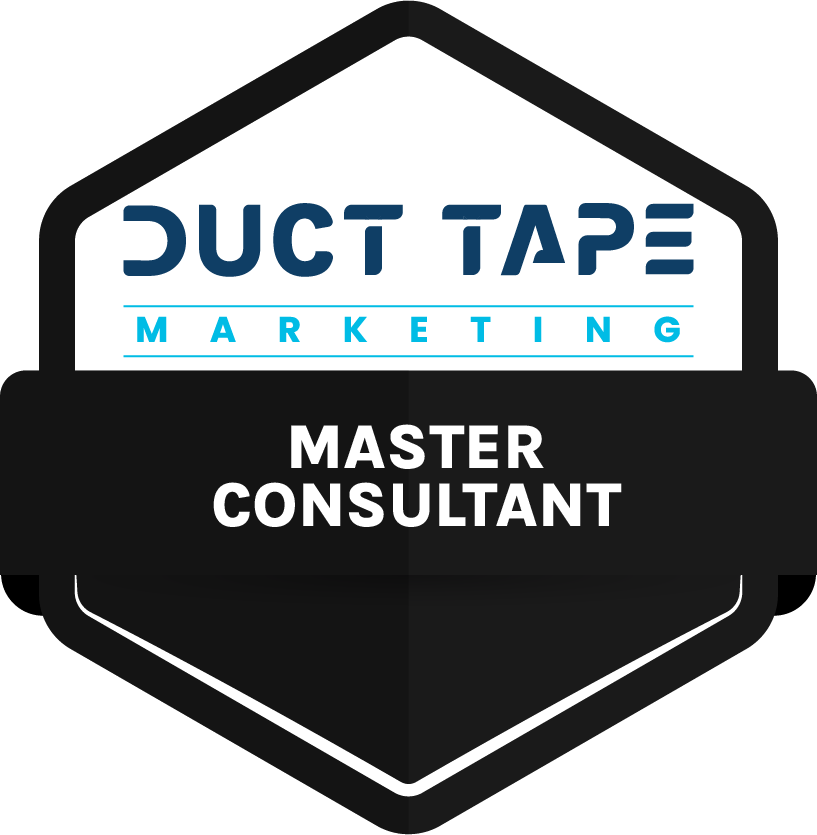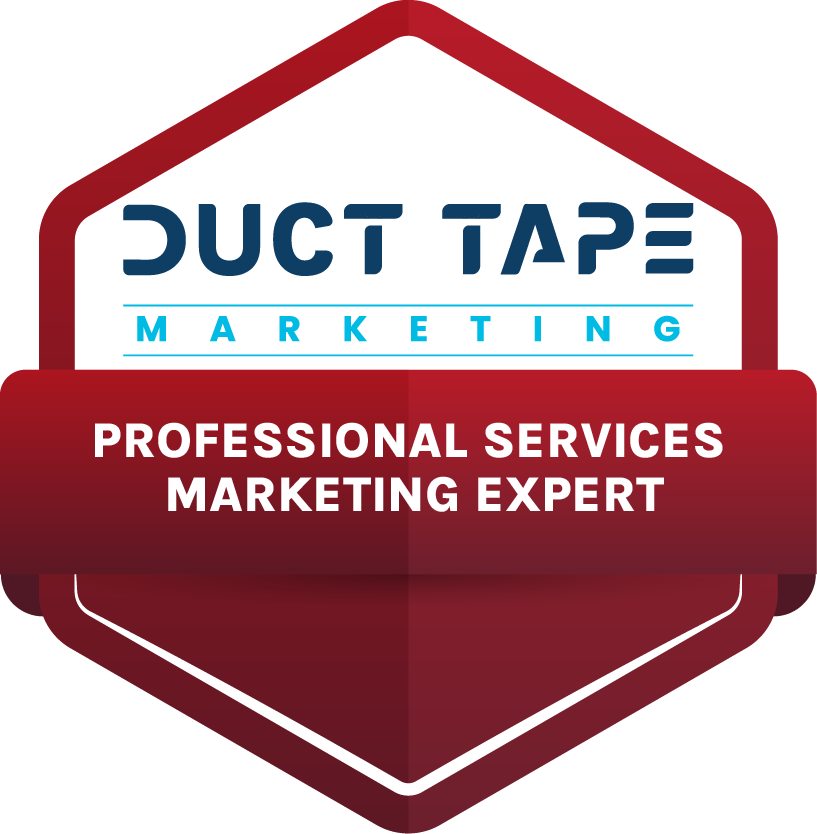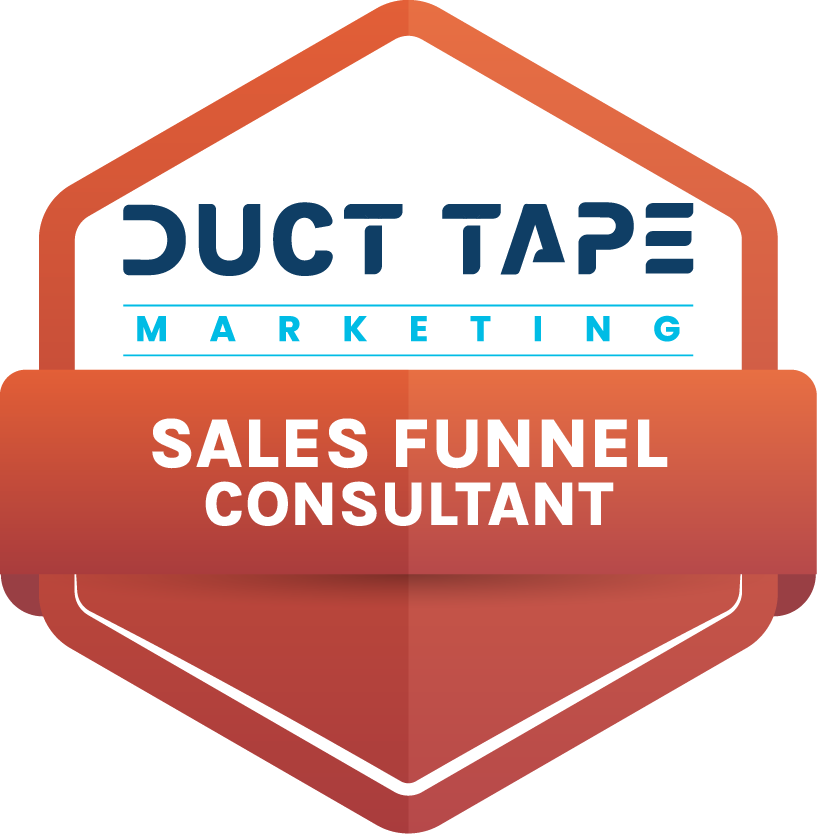
In last week’s post, I offered my 5 Simple Rules for Building a Marketing Plan for small businesses and professional service firms. This week, I’m sharing the top 7 elements you must include in your written plan, if you expect to be successful.
Must-Have #1: Purpose and goals. Your purpose and goals provide the focus for your marketing efforts. Your goals might include, for instance, building your brand or thought leadership position; reaching out to new prospects; or growing relationships and sales with current customers. Insider tip: The clearer you are on your purpose and goals in your plan, the easier it will be to stop chasing shiny things that don’t pay off with business growth.
Must-Have #2: Target market profile. Not everyone is a good prospect for your product or service. The secret here is to understand your IDEAL CUSTOMERS and what their needs are. When you focus on solving the needs of this specific audience, your opportunities for success will skyrocket. Read “The Secret to Business Growth: Know Your Ideal Customer” for more insights on targeting your market.
Must-Have #3: Customer benefits. This marketing plan section discusses what your customer experiences by using your product or service. A key element to include here is how you make your client’s life easier. For instance, if you are an accountant, your detail-oriented bookkeeping services takes burdensome tasks off your client’s to-do list, giving them more time to focus on growing their business. Insider tip: Keep this section of your plan real by including the voice of the customer – quotes and testimonials you’ve gathered from current customers.
Must-Have #4: Product or service offerings. Here’s where you can get really detailed about how you’re going to offer your product or service. As an accountant, for example, you may choose to offer three service levels, from basic bookkeeping at the lowest price point, to full-service accounting at a mid-price point, to the highest priced “CFO-in-a-box” consulting services.
Must-Have #5: Tactics. Start building your tactical plan with three powerful tactics: your core message; attractive offers; and calls to action. Attractive offers can include free or low cost information – such as an ebook or tip sheet – that you plan to share with prospects to help them get to know and trust your expertise. Then as prospects get comfortable with you, you can offer a low-cost product sample, or trial period of service. Include calls to action at each of these prospect touch points, in which you clearly state what the next step is that the prospect can take. Then see 29 marketing tactics to build KNOW, LIKE, TRUST – and TRY for more proven tactics.
Must-Have #6: Marketing calendar. Once you have your tactics lined up, get them on your calendar! Set up monthly and quarterly marketing campaigns in advance, so that when you start to get busy, you don’t have to think, you just have to implement.
Must-Have #7: Budget. A marketing budget is essential to controlling expenses and tracking growth. Start by creating a simple Excel spreadsheet or downloading a marketing budget template so that you can list each tactic and its estimated cost and then track spending. Add it all up, and then take a look at the total. It is not unreasonable to invest up to 15% of sales in your company’s marketing, especially if you are a startup. For more established businesses, 5-8% of sales is the rule of thumb.
A well thought out marketing plan that includes these 7 elements can help your small business or professional service firm achieve the success you and your employees deserve!
Tired of “flying by the seat of your pants” marketing? Take the first step to marketing success by requesting a complimentary marketing assessment from the experts at Advantage Marketing.






